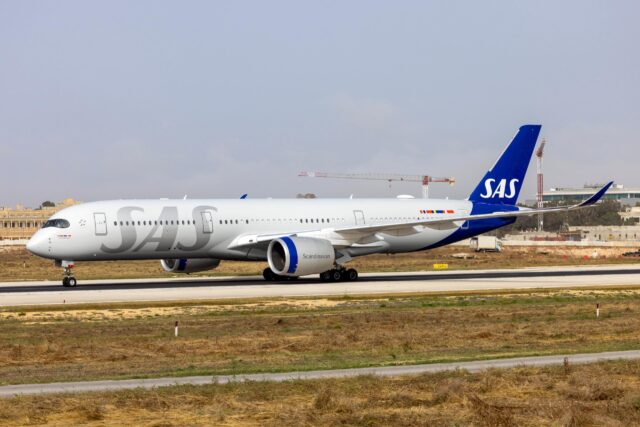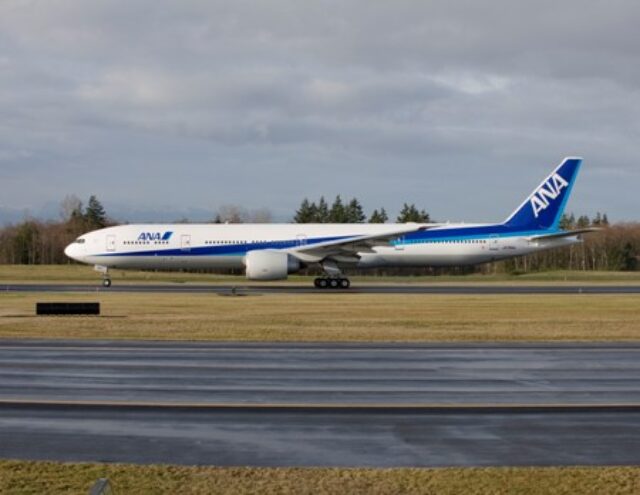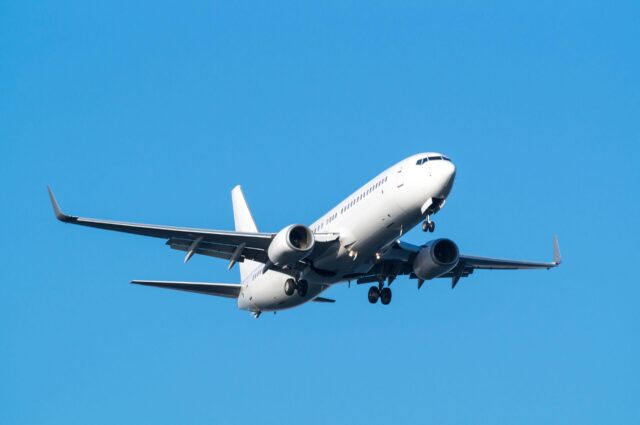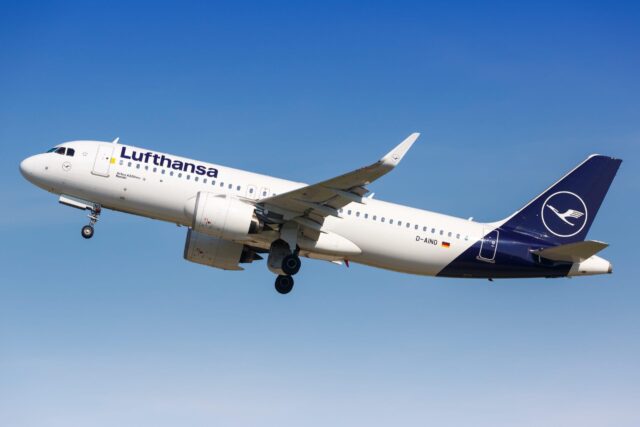NTSB criticises FAA and Boeing over rudder system inaction
October 1, 2024

The US National Transportation Safety Board (NTSB) has written to the FAA about the “urgent safety recommendations” the former made to Boeing last week concerning “the potential for a jammed or restricted rudder control system on certain Boeing 737 airplanes,” raising concerns that the FAA “as a whole, did not take this issue more seriously” until the NTSB’s urgent safety recommendation report was made last week.
Investigations commenced following what the NTSB described as a “rudder pedal anomaly” involving a United Airlines Boeing 737 MAX 8 landing in New Jersey on 6 February 2024, where the pedals were “stuck” in their neutral position.
“I am disappointed that it does not appear that the FAA has initiated urgent actions to address the risk of jammed rudder controls in the six months since our preliminary report on this incident was issued,” wrote NTSB chair Jennifer Homendy. She also stated that based on information provided by Boeing and presented to the regulator, the FAA’s belief that “the units are no longer in service” is incorrect.
Compounded with the numbers of potentially faulty actuator units in service, “the case for urgent action is even greater since, after we opened our investigation, the FAA became aware of two similar incidents that had occurred with foreign operators in 2019,” continued Homendy.
As per Boeing’s Multi Operator Message issued on 23 August (stating that 353 actuator units produced by Collins Aerospace were delivered to Boeing starting in February 2017), the NTSB believes that 271 may be installed on aircraft in service operated “by at least 40 foreign air carriers,” alongside 16 potential units on US-registered aircraft and a further 75 units earmarked for aftermarket installation.
However, “equally concerning is Boeing’s failure to inform United Airlines that the 737 airplanes it had delivered to the airline were equipped with these actuators – and that the actuators were mechanically connected to the rudder control system,” added the NTSB. It added that other flight crews may be similarly unaware of the presence of these actuators (fitted to some 737NG and 737 MAX units) or “what to expect if the rollout guidance actuator fails at low altitude or during landing and rollout, as occurred in this incident”. This lack of transparency is “unacceptable and cannot continue to be tolerated,” concluded the NTSB.
At the time of the NTSB recommendation, Boeing stated it was reviewing the suggestion to notify potentially affected flight crews, as well as “determine appropriate flight crew responses besides applying maximum pedal force” should an issue be encountered.
















